Our cassette shells are available for professional duplication or for purchase as custom-loaded blank tapes
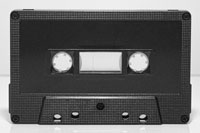
Black w/ square hub window
TONRBLKSQUARE/TINRBLKSQUARE
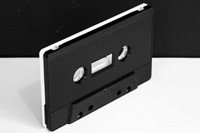
Black & White
tonrblkwhtsw
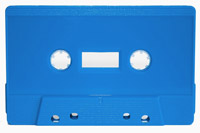
Light Blue
tonrlightbluesw
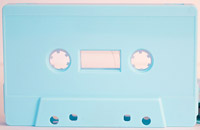
Baby Blue
tonrbabybluesw
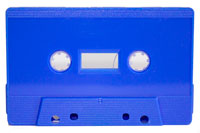
Electric Blue
tonrblue2727sw
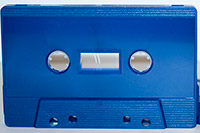
Dark Blue
tonrdarkbluesw
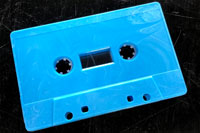
Recycled Sky Blue
tonrskybluesw2
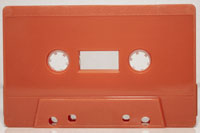
Brick Sonic
tonrbricksw2
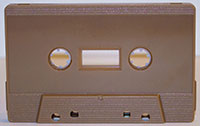
Brown
tonrbrownsw
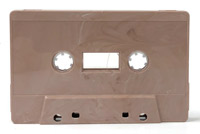
Chocolate Swirl
tonrchocoswirl
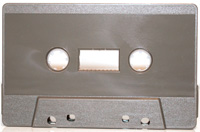
Dungeon (Pantone 405)
tonrdungeonsw
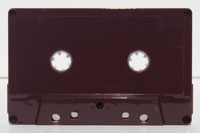
Burgundy, no window, Pantone 7645C
T7645C
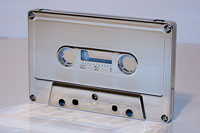
Diamond -- Painted reflective diamond finish
tinrdiamond
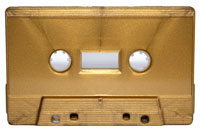
Gold Metallic
tonrgoldsw
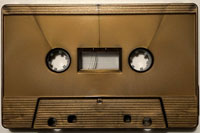
Dark Gold Metallic AKA Gold 873
tonr873sw
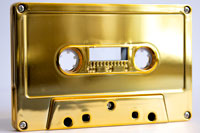
24K Gold -- Painted shimmering gold finish
tinrgold24k
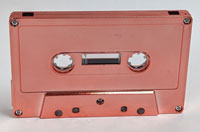
Pink Metal -- Painted reflective pink finish
tonrpinkmetal
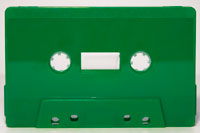
Green Sonic
tonrgreensw2
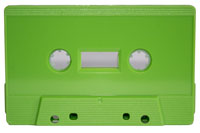
Lime Green
tonrlimegreensw
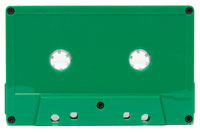
Green, no window, Pantone 348C
T348C
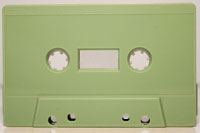
Pea Green
tonrpeagreensw
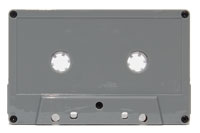
Cool Grey, no window, Pantone 8
TGRAY8
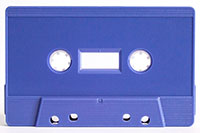
Lavender
tonrlavendersw
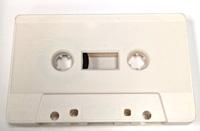
Magnolia
tonrmagnoliasw
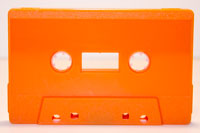
Orange SW
tonrorangesonic
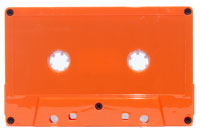
Orange, no window, Pantone 021C
T021C
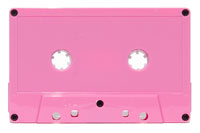
Pink, no window, Pantone 211C
T211C
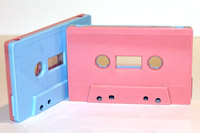
Pink & Blue
tonrpinkblue
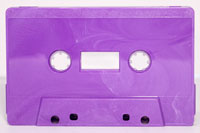
Purple Swirl
tonrpurpleswirlsw2
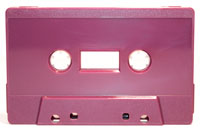
Purple 249
tonrpurple249sw
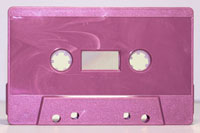
Purple 249 Swirl
tonrp249swirl
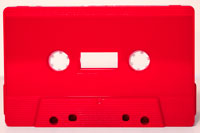
Red Sonic
tonrredsw
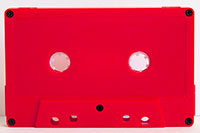
Windowless Red
tonrwindowlessred
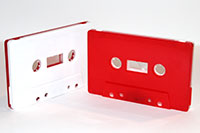
Red & White
tonrredwhite
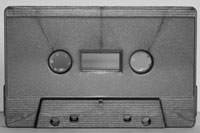
Silver Sonic
tonrsilversw
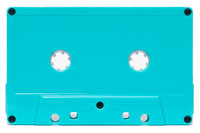
Turquoise, no window, Pantone 319C
T319C
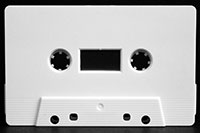
White Matte, allows edge-to-edge pad print
tonrwhtmatte
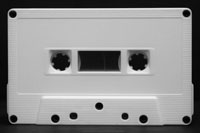
White w/ square hub window
tonrwhtsquare/tinrwhtsquare
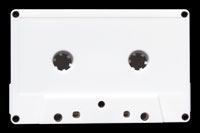
White, no window
TWHITE
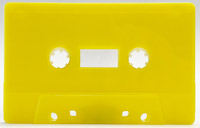
Lemon Yellow Sonic
tonryel107sw
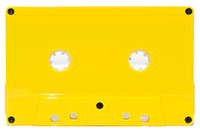
Yellow, no window, Pantone 012C
T012C
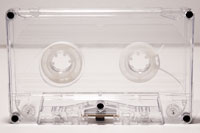
Transparent cassette w/ white hubs (C-30 max)
tonrtrans/tinrtrans
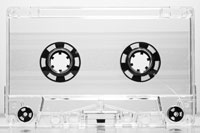
Transparent cassette
tonrtransswl
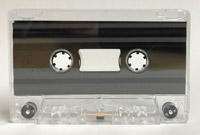
Clear cassette w/ black liner
tonrclearswl
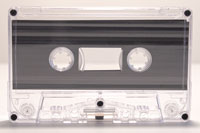
Clear cassette w/ grey liner
tonrclear/tinrclear
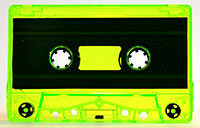
Fluorescent Green tinted
tonrflogreen
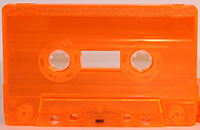
Fluorescent Orange transparent
floorangesw
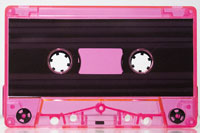
Fluorescent Pink tinted
tonrflopinktint
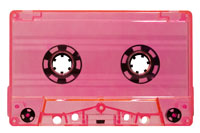
Fluorescent Pink transparent
tonrflopinktrans
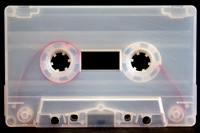
Frosted Ice semi-transparent is now with clear leader
tonricesw2
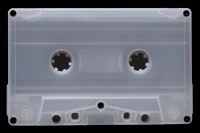
Frosted w/ grey liner
TFROST
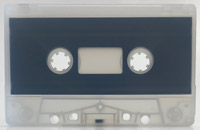
Frosted w/ grey liner
TFROSTSWL
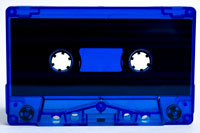
Blue tint sonic cassette
TONRBLUETINTSONIC
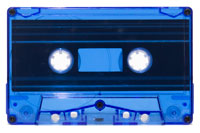
Blue Tint, pantone 2728C
T2728C
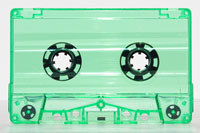
Transparent Green
tonrgreentransswl
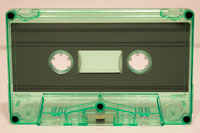
Mint tinted
tonrminttint
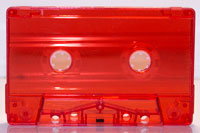
Red Transparent Sonic
tonrredtranssonic
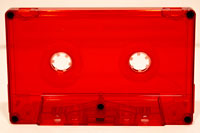
Red Transparent w/ cosmetic defects
tonrredtrans
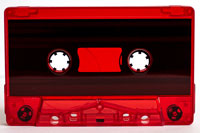
Red tint sonic
tonrredtintsonic
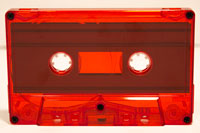
Red tint
tonrredtint
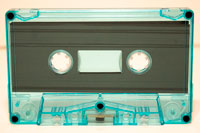
Turquoise Tint
tonrturqtint
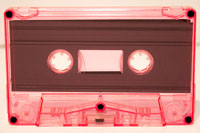
Pink tinted
tonrpinktint
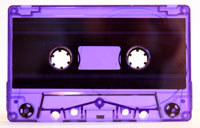
Purple tint sonic
tonrpurtintsonic
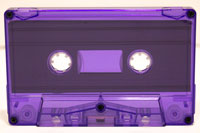
Violet tinted
tonrviolettint
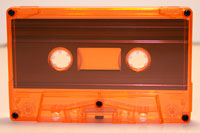
Orange Tint
tonrorangetint
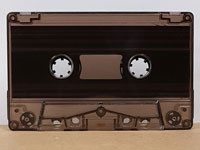
Smoke tint sonic
tonrsmokesonic
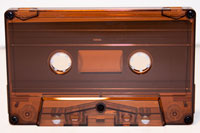
Smoke tinted w/ some cosmetic defects
tonrsmoketint
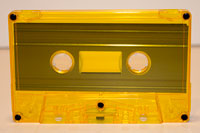
Yellow tinted
tonryellowtint
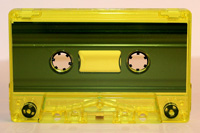
Yellow tinted
tonryellowtintswl
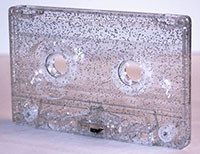
Silver Glitter
tonrglittersilver
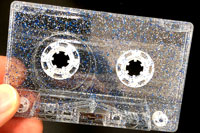
Silver & Blue Glitter
tonrglittersilverblue
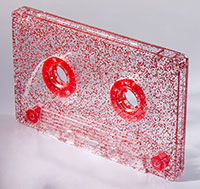
Red Glitter
tonrglitterred
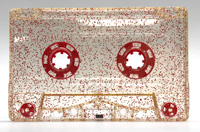
Red Glitter, slight yellow tint
tonrglitterred
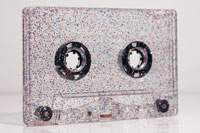
Silver / Blue / Red glitter
tinrglitter-sbr-sw
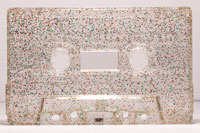
Red / Blue / Green / Gold Glitter
tonrglitter-r-b-gr-g
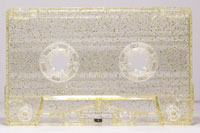
Gold Glitter
tonrglittergold
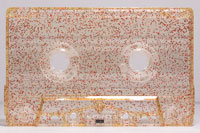
Piza Pie Glitter
tonrglitterpizza
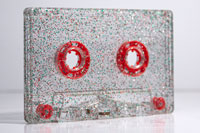
Silver, Green, Red Glitter
tonrglitter-sgr
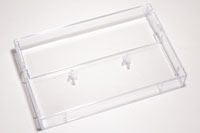
Clear back / Clear window, heavy duty 30 gram vintage style case
CB-027
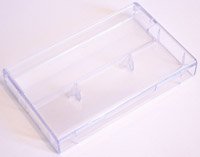
Clear back / Clear window, B-grade stock
CB-001
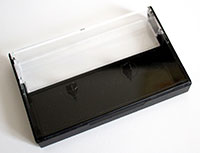
Black back / Clear window
CB-002
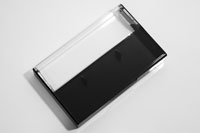
Black back / Clear window w/ straight blades
CB-002-SB
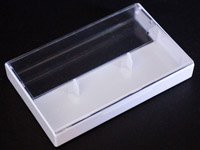
White back / Clear window
CB-003
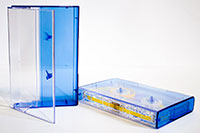
Blue Tint back / Clear window
CB-004
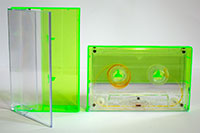
Fluorescent Green Tint back / Clear window
CB-005
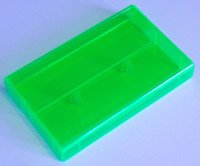
Fluorescent Green tint back / Fluorescent Green tint window
CB-006
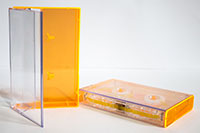
Fluorescent Orange tint back / Clear window
CB-007
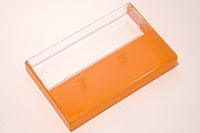
Solid Fluorescent Orange tint back / Clear window
CB-030
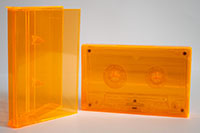
Fluorescent Orange tint back / Fluorescent Orange tint window
CB-008
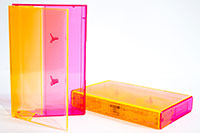
Fluorescent Pink tint back / Fluorescent Orange tint window
CB-009
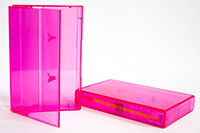
Fluorescent Pink tint back / Fluorescent Pink tint window
CB-010
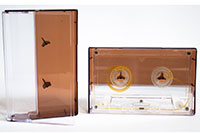
Smokey Brown tint back / Clear window
CB-011
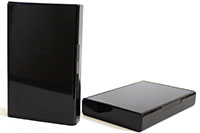
Black back / Black window
CB-012
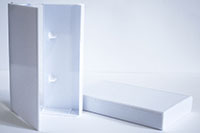
White back / White window
CB-014
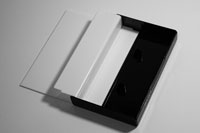
Black back / White window
CB-024
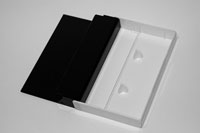
White back / Black window
CB-025
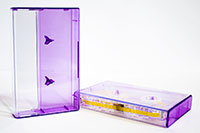
Purple Tint back / Clear window
CB-013
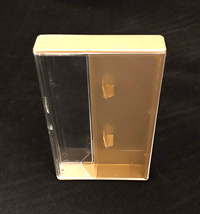
Gold back / Clear window
CASSBOX-GOLD
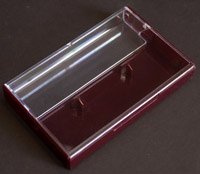
Burgundy back / Clear window
CASSBOX-BURGUNDY
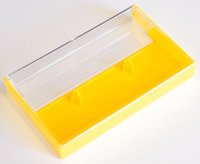
Lemon back / Clear window
CASSBOX-LEMON
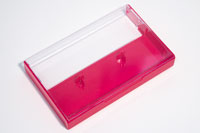
Rubine Red back / Clear window
CB-022
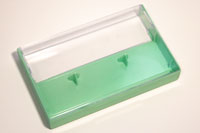
Mint back / Clear window
CB-020
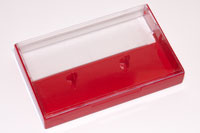
Red back / Clear window
CB-017
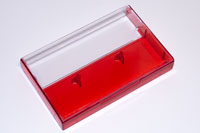
Red Tint back / Clear window
CB-015
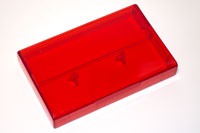
Red Tint back / Red Tint window
CB-016
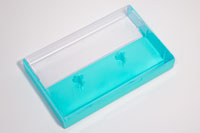
Turquoise back / Clear window
CB-019
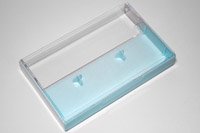
Sky Blue back / Clear window
CB-021
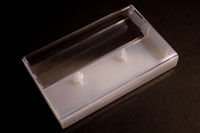
Frosted Ice back / Clear window
CB-023
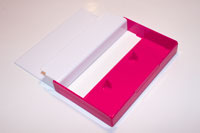
Red Rubine back / Opaque White window
CB-026
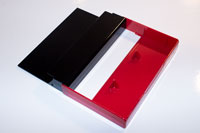
Red back / Opaque Black window
CB-031
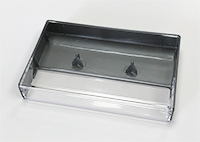
Silver back / Clear window
CB-029
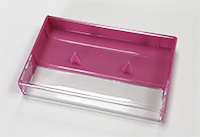
Pink back / Clear window
CB-028
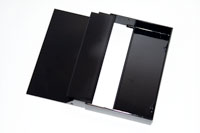
Black front / Black back w/ square corners and no posts cassette case
CB-034
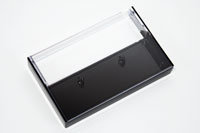
Black back / Clear front with square corners cassette case
CB-035
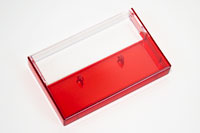
Red Tint back / Clear front with square corners cassette case
CB-036
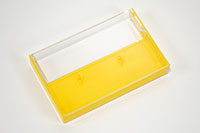
Yellow back / Clear front with square corners cassette case
CB-037
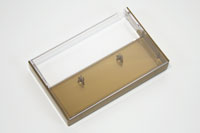
Gold back / Clear front with square corners cassette case
CB-038
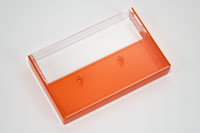
Orange back / Clear front with square corners cassette case
CB-039
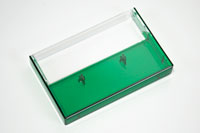
Green Tint back / Clear front with square corners cassette case
CB-040
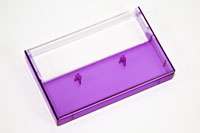
Purple Tint back / Clear front with square corners cassette case
CB-040
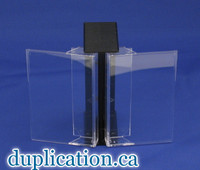
Black Double Butterfly Case Holds two cassettes and J-cards!
CASSBOX-2BFLY
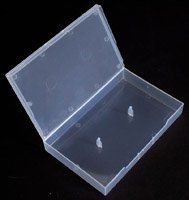
Super Clear soft polybox
CASSPOLYB-SC
|
TI = Record tabs in Many people put chrome or cobalt tape into normal shells. To do this you
MUST have a cassette recorder with a BIAS Selector button. |
TABS IN or TABS OUTNote: Most of our cassettes are TABS OUT (check out tabsout.com for a cassette podcast) and for normal bias tape. If you want to record on regular cassette decks you must put a piece of scotch tape over the record tab holes, or choose the TAB IN cassettes... or disable the record tab sensor on your machine with some duct tape or a paperclip!
Notes:
|
Place a duplication order or buy blank cassettes